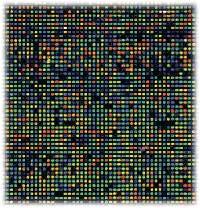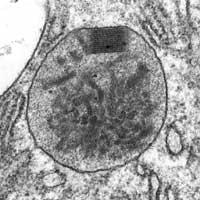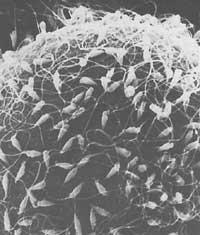Toxicology chip advances
2001/04/03 Galarraga Aiestaran, Ana - Elhuyar Zientzia

The basis of the technique is very simple. Researchers put laboratory animals under the influence of chemicals and then extract messenger RNA from cells, as it is only produced in active genes. Micromatrice, also known as adn-chip, is able to simultaneously measure the activity of thousands of genes. The profile of the active genes explains how the poison exactly affects the animal, unless there is a signal in gene activity that can be distinguished from normal changes.
A few months ago, Cynthia Afshari, a researcher at the National Institute of Environmental Health Science in North Carolina, tested the new technique. In the response to toxins he used a micromatrix containing 1,700 supposedly important genes. In this way, they obtained the genetic trace of two known types of liver toxins (phenobarbital and three substances in the group of reproductive peroxisomes). A blind test was then performed with the rata-arn messenger from another laboratory.
The comparison between the gene activity of both references and the exposure of rats to two types of toxins was correct in all cases. In addition, it was detected that some rats were exposed to another component that was not in the database.
The accuracy of the adn-chip technique surprised researchers. However, according to them, much research is still necessary in order to measure the effect of other toxins with genomic tests, but thanks to this study an important step has been taken.

Gai honi buruzko eduki gehiago
Elhuyarrek garatutako teknologia





